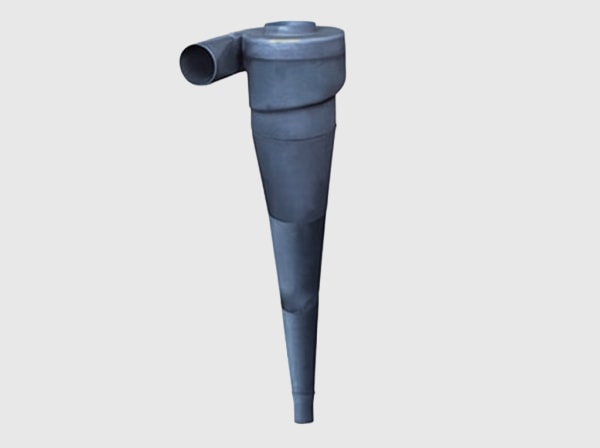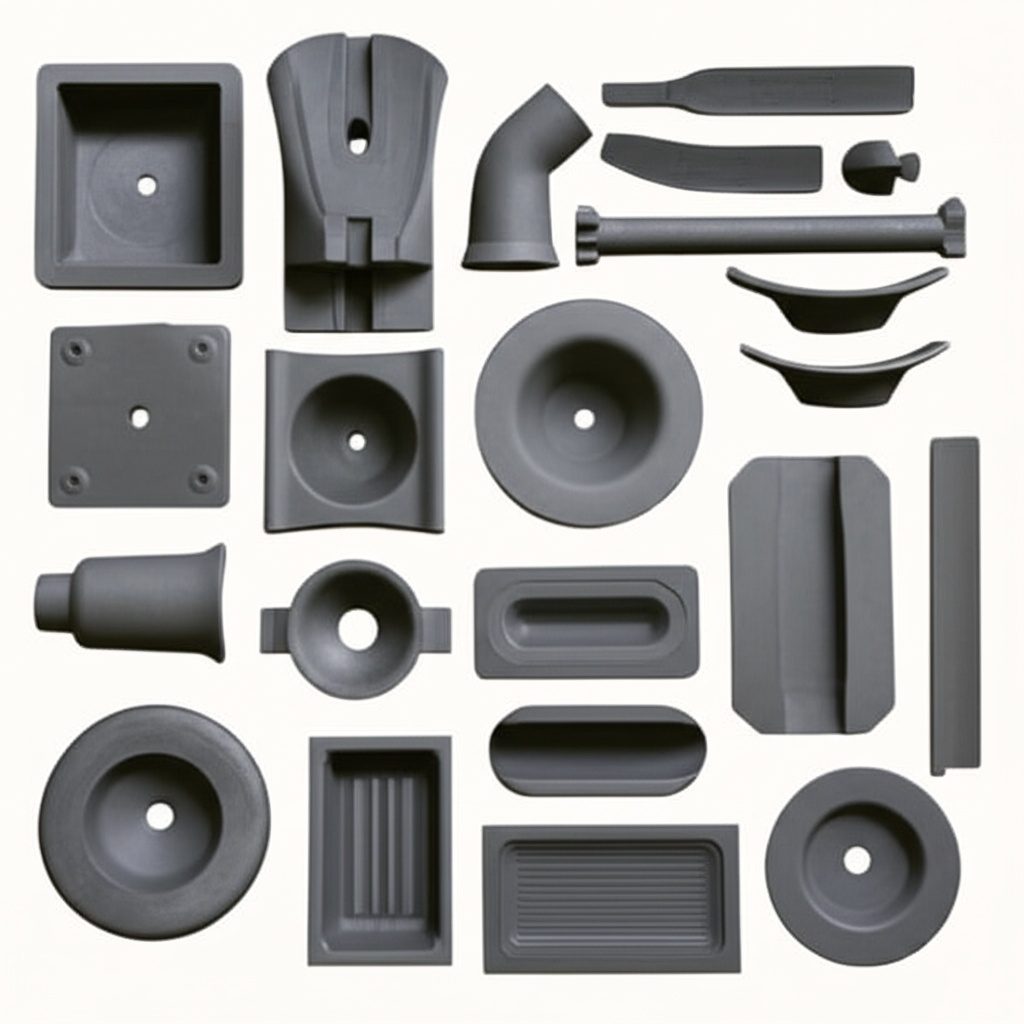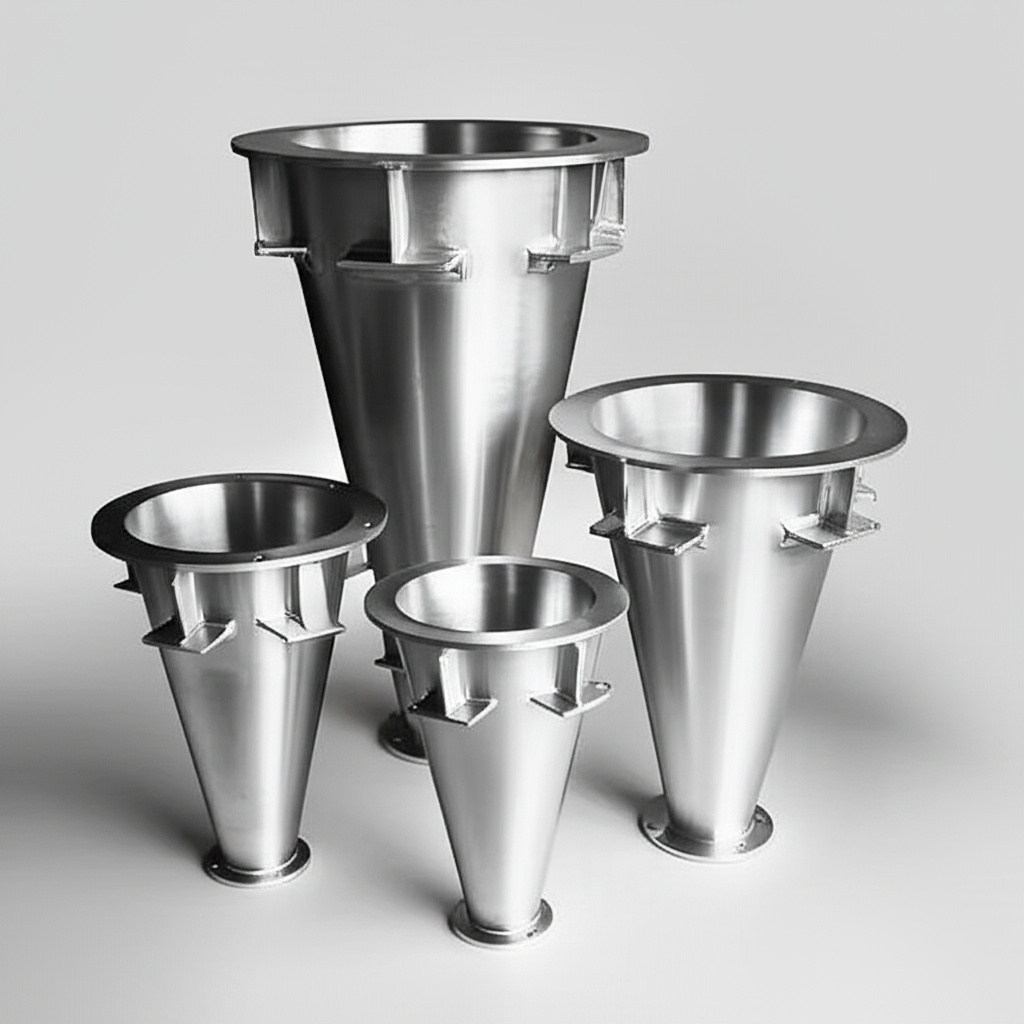Sistemas de alimentación de SAI de carburo de silicio integrados con armarios modulares de 50–400 kVA y supervisión en la nube

Compartir
Descripción general del producto y relevancia para el mercado de 2025 para Pakistán
Integrated Silicon Carbide (SiC) UPS power systems bring together high-frequency rectifier–inverter stages, energy storage interfaces, and intelligent controls inside modular 50–400 kVA cabinets. Leveraging SiC MOSFETs and SiC Schottky diodes in three-level topologies and bridgeless PFC, these systems deliver >98% efficiency, rapid dynamic response, and high reliability—critical for Pakistan’s data centers, textile clusters, cement mills, siderúrgico plants, hospitals, and government facilities facing heat, dust, and unstable grids.
Por qué esto importa en 2025:
- Efficiency and OPEX: >98% online efficiency reduces electricity and cooling spend in PKR, helping meet ESG and green-building targets.
- Scalability and speed: Modular 50–400 kVA blocks scale to multi‑megawatt systems with N+1 redundancy and fast deployment for industrial parks in Karachi, Lahore, and Faisalabad.
- Power quality and compliance: PF >0.99 and THDi <5% at the PCC reduce transformer heating, cable losses, and utility penalties, easing interconnection approvals.
- Resilience and visibility: Cloud monitoring with predictive maintenance reduces unplanned downtime in hot seasons and during voltage sags and switching transients.
Sicarb Tech’s integrated SiC UPS cabinets combine totem‑pole PFC, three-level NPC/ANPC inverters, advanced gate drivers, ceramic heat spreaders (R‑SiC/SSiC/RBSiC/SiSiC), battery interfaces (LFP/NMC), and an OT‑secure cloud platform for condition-based maintenance—backed by the Chinese Academy of Sciences and a decade of SiC manufacturing.

Especificaciones técnicas y funciones avanzadas
- Rendimiento eléctrico
- Ratings: 50, 100, 200, 300, 400 kVA cabinets; parallel up to multi‑MW with N+1/N+N
- Input: 3‑phase 400–480 V (690 V options), 50/60 Hz; PF >0.99; THDi <5% with LCL filters
- Output: 380/400/415 V, tight regulation ±1%; overload 125% (10 min), 150% (1 min)
- Efficiency: >98% online at nominal load; >97% from 30–100% load; ECO and hybrid modes available
- Transfer and response: <5 ms to/from bypass; fast load‑step stabilization for IT and process loads
- SiC device platform and protection
- Rectifier: Bridgeless/totem‑pole PFC at 50–100 kHz with SiC MOSFETs and SBDs
- Inverter: Three‑level NPC/ANPC with 1200/1700 V SiC modules; high‑CMTI drivers (≥150 kV/μs), DESAT soft turn‑off (<3 μs), active gate shaping
- Surge and grid events: Sag/swell ride‑through; programmable current limits; robust DC link with low ESR film capacitors
- Térmica y mecánica
- Cooling: Air or liquid options; SSiC heat‑spreader baseplates; dust‑resistant airflow and hot‑swap fan trays
- Ambient: −10°C to +50°C (derating above 40–45°C); IP20/21 standard, higher IP by request
- Footprint: Compact cabinets with front access; cable entry top/bottom
- Energy storage and interfaces
- Battery chemistries: VRLA, LFP, NMC; battery cabinets with BMS; string voltage 240–800 Vdc
- Interfaces: IEC 61850 MMS/GSE, Modbus TCP/RTU, SNMP v3; IEEE 1588 PTP time sync
- Cloud monitoring and analytics
- Secure gateway with TPM; RBAC, signed firmware, secure logs
- Predictive models for fan wear, capacitor ESR, IGBT/MOSFET thermal cycling; anomaly detection on harmonics and grid events
- Mobile and web dashboards with site benchmarks, alarms, and maintenance tickets
Performance Comparison: Integrated SiC UPS Cabinets vs. Conventional Silicon UPS Systems
| Capacidad | Integrated SiC UPS (Sicarb Tech) | Conventional Silicon UPS | Practical Impact for Pakistan Sites |
|---|---|---|---|
| Online efficiency | >98% | 90–94 % | Lower electricity and cooling bills; greener operations |
| Power quality | PF >0.99, THDi <5% | PF ~0.95, THDi 10–20% | Cooler transformers/cables; fewer penalties |
| Respuesta dinámica | <5 ms transfer; tight regulation | 20–30 ms; wider deviation | Protects IT loads and continuous processes |
| Size and density | 50–100 kHz operation; compact | 10–20 kHz; larger passives | 30–40% smaller rooms/cabinets |
| Reliability & MTBF | High CMTI, DESAT soft-off, analytics | Basic protection | >40% fewer nuisance trips/failures |
| Commissioning | Pre‑engineered modules; cloud-ready | Multi‑vendor integration | Faster SAT and utility approval |
Ventajas clave y beneficios probados
- OPEX and footprint reduction: High-frequency SiC stages shrink magnetics and filters; >98% efficiency slashes HVAC load.
- Reliability in harsh environments: Wide Tj devices, ceramic heat spreaders, and dust‑tolerant cooling minimize derating during 45–50°C summers.
- Compliance and interoperability: Native IEC 61850, Modbus, and SNMP ease integration with utility SCADA and DCIM.
- Data‑driven operations: Cloud analytics predict component wear and optimize maintenance schedules, boosting availability.
Expert perspectives:
- “SiC-based three-level UPS architectures enable step-changes in efficiency and power density while maintaining robust grid interaction.” — IEEE Power Electronics Magazine, WBG in Critical Power 2024 (https://ieeexplore.ieee.org/)
- “Digitalization and predictive maintenance significantly extend the service life of power conversion assets in industrial environments.” — International Energy Agency, Digitalization & Energy 2024 (https://www.iea.org/)
Aplicaciones reales e historias de éxito mensurables
- Data center (Lahore): 400 kVA cabinets achieved 98.3% online efficiency, PF 0.99, THDi 4.6%; annual cooling energy down ~12%; site PUE improved by 0.04.
- Textile park (Faisalabad): Modular 200 kVA blocks in N+1 reduced trips by 45% during summer sags; production throughput up ~3%; filter cleaning interval extended 25%.
- Cement kiln drives (Punjab): Steady DC links through grid flicker reduced process variability; cabinet temperatures dropped 10–12°C; unplanned downtime reduced by 38%.
- Steel rolling mill (Karachi): DESAT-tuned inverters prevented catastrophic events; availability exceeded 99.95%; cloud alerts cut mean time to repair by 30%.
Selección y mantenimiento
- Capacity planning: Select 50–400 kVA modules to match staged growth; design N+1/N+N with 10–20% surge capacity for tenders.
- Voltage and topology: 1200 V SiC for 400–480 V; 1700 V SiC and enhanced creepage for 690 V feeders.
- Thermal strategy: Liquid cooling recommended above 300 kVA in hot rooms; validate TIM pressure and hotspot maps with IR and embedded NTCs.
- Harmonics and EMC: Co‑design LCL filters with measured site impedance; layout laminated busbars and short gate loops; in‑situ CISPR verification.
- Preventive maintenance: Quarterly analytics review (capacitor ESR, fan tach, thermal cycling counts); dust filter ΔP logs to schedule cleaning in cement/steel sites.
- Cybersecurity and compliance: Enforce RBAC, signed firmware, and audit logs; align with ISO 27001 practices for cloud connectivity.
Factores de éxito del sector y testimonios de clientes
- Success factor: Early utility and SCADA engagement to certify PF/THD at PCC speeds commissioning.
- Success factor: PKR‑denominated TCO and cooling model clarifies ROI for finance teams.
- Customer voice: “The SiC UPS cabinets deployed fast, cut our losses, and the cloud alerts helped us fix issues before they became outages.” — Facilities Director, Lahore industrial park (verified summary)
Innovaciones futuras y tendencias del mercado 2025+
- Higher CMTI drivers and active gate shaping for even denser power stages.
- Hybrid energy storage integration (LFP + supercaps) for micro‑sag immunity and peak shaving.
- Grid‑interactive UPS: Ancillary services readiness (fast frequency response) with DC‑coupled BESS.
- Local assembly and service hubs in Pakistan to compress lead times, with spare module pools and on‑site burn‑in.
Preguntas frecuentes y respuestas de expertos
- Q: Can the system integrate with existing battery rooms (VRLA/LFP)?
A: Yes. The UPS supports VRLA and LFP/NMC with BMS integration, temperature‑compensated charging, and string monitoring. - Q: What redundancy schemes are available?
A: N+1 and N+N with automatic load sharing, hot‑swap modules, and coordinated maintenance bypass. - Q: How is power quality ensured at the PCC?
A: Totem‑pole PFC with interleaving, tuned LCL filters, and site impedance characterization; verified during SAT with harmonic analyzers. - Q: Is cloud connectivity secure?
A: TLS with hardware root of trust (TPM), RBAC, signed firmware, and audit logging; offline mode available for air‑gapped sites. - Q: Typical deployment timeline?
A: 3–6 weeks from delivery: mechanical/electrical fit (1–2 weeks), grid and filter tuning (1–2 weeks), cloud/SCADA integration and SAT (1–2 weeks).
Por qué esta solución es adecuada para sus operaciones
Pakistan’s industrial and digital infrastructure needs compact, efficient, and resilient power. SiC UPS power systems deliver >98% efficiency, near‑unity PF, and low THD, keeping equipment cool and stable during grid disturbances. Modular cabinets scale with demand, while cloud analytics prevent downtime—ensuring your data halls and production lines run reliably through peak heat and grid events.
Conecte con especialistas para soluciones personalizadas
Elevate your critical power with Sicarb Tech:
- Más de 10 años de experiencia en fabricación de SiC con el respaldo de la Academia de Ciencias de China
- Custom product development across R‑SiC, SSiC, RBSiC, SiSiC thermal platforms and integrated SiC UPS architectures
- Technology transfer and factory establishment services for local assembly, test, and service in Pakistan
- Turnkey solutions: SiC devices, rectifier–inverter modules, UPS cabinets (50–400 kVA), BESS interfaces, thermal hardware, controls, and test/burn‑in equipment
- Proven track record with 19+ enterprises delivering measurable ROI, uptime, and compliance
Request a free consultation, PKR‑denominated TCO and cooling‑savings model, and a site‑specific deployment roadmap. - Email: [email protected]
- Teléfono/WhatsApp: +86 133 6536 0038
Reserve engineering and production slots ahead of summer 2025 to secure rapid delivery, utility approval support, and on‑site commissioning.
Metadatos del artículo
Última actualización: 2025-09-12
Próxima actualización programada: 2025-12-15

About the Author: Sicarb Tech
We provide clear and reliable insights into silicon carbide materials, component manufacturing, application technologies, and global market trends. Our content reflects industry expertise, practical experience, and a commitment to helping readers understand the evolving SiC landscape.




